One of the common questions beginners have is on how to read a chord chart or TABs. I’ve put together a one page diagram that should answer most of the questions and help get a beginner get used to the correct nomenclature to use when they are asking more in depth questions. Feel free to download and share with others, I just ask that you leave the website and copyright info on the document.
Showing up to an ukulele club meeting for the first time can be a bit daunting. You don’t know the people and you don’t know if you have the skill level to play with them. The biggest challenge is the possibility of getting confronted by a new and unexpected format for the music. Learning the Z Chord can be a big help!
Clubs collect music from many sources and they all seem to create their own standard format for them. While most are more or less understandable, I’m going to provide examples of the most common and help you feel more comfortable. One of the things you should realize is that if you do not know the song, or have never heard it, you are not going to have any feel for the rhythm and melody of the music.
The simplest format is to simply put the chord name into the song lyrics. Often done in a different color and set off in brackets, it assumes you know the chords required.
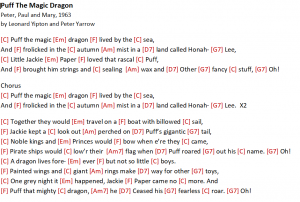 The next level is that in addition to providing the chords in the lyrics, there are chord charts provided at the top or side of the song sheet. The works well on one page songs, but can be a bit of a challenge if the song is multiple pages or you are projecting a half page at a time onto a screen for the entire group to see.
The next level is that in addition to providing the chords in the lyrics, there are chord charts provided at the top or side of the song sheet. The works well on one page songs, but can be a bit of a challenge if the song is multiple pages or you are projecting a half page at a time onto a screen for the entire group to see.
The alternative to that is to provide the chord diagram everyplace it appears. While this can be useful, particularly when beaming it onto the wall, it can make the diagram hard to read as everything has to be made small enough to fit. Note that Puttin’ on the Ritz includes the time signature (4/4) as well as providing the first note of the melody.
On Red Roses For a Blue Lady, they have told you it is in the key of C. The slash marks under the first four chord boxes are indicating the number of counts or beats each chord gets in the introduction. This can help you get a feel for the rhythm of the rest of the song.
In this format, the chord charts are in your face! The lyrics are above the chords rather than below them. The numbers on the left side are to indicate the measure, to help people ask questions or know where they are starting from. The name of the chord is in small letters in the lower left corner box of the chord chart and beside it is the number of beats for that chord.
One way of trying to help communicate the timing is to put the vertical lines to represent the bars in the music. A bit of playing around and you can figure out what the time signature is.
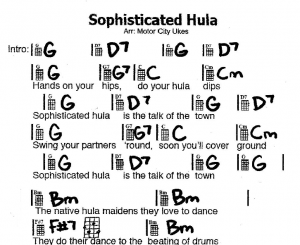 |
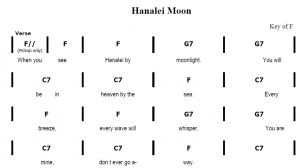 |
The most complete version of a song will include the standard musical notation, the chords, the chord charts, and the actual TABS for the melody. This example includes the time signature, a suggested strum pattern and the lyrics. The biggest down side to this is the space it all takes up, but this format allows for any musician to join in and know what is coming next.
For more help in learning the basics of playing your ukulele, see my book “Unlock Your Ukulele” available for the Kindle app or hardware and in bound copies.
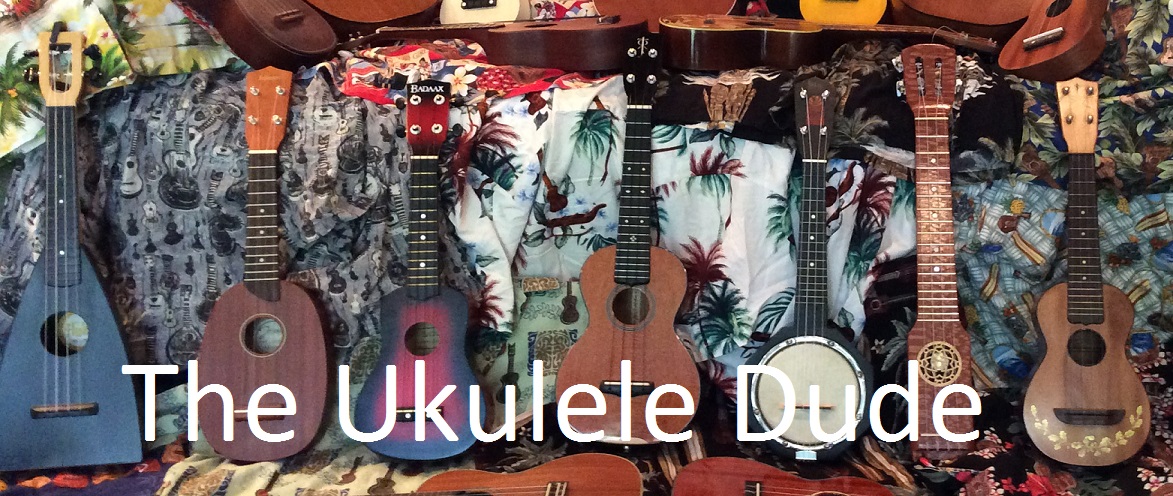
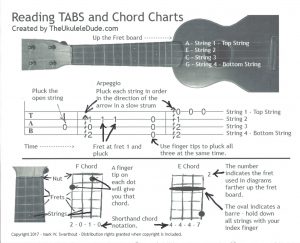
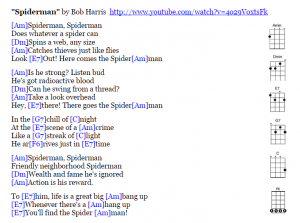
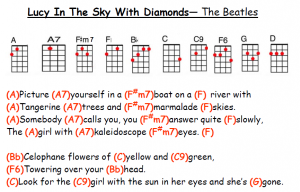
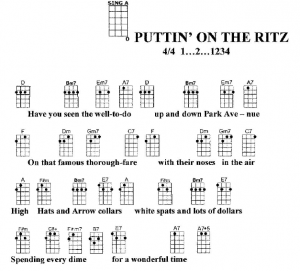
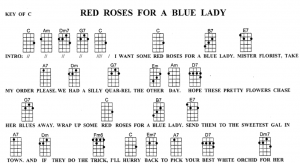
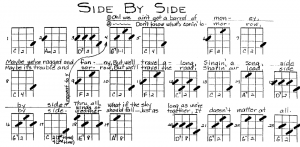
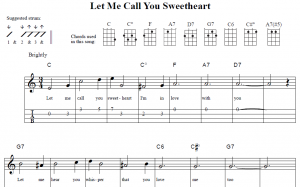
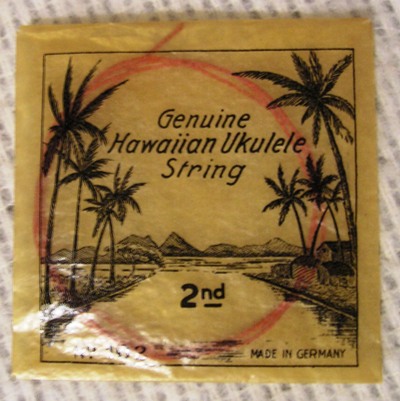
can anyone recommend me the best product from the list mentioned in this site.
https://latestmusicalinstrument.com/best-delay-pedal/